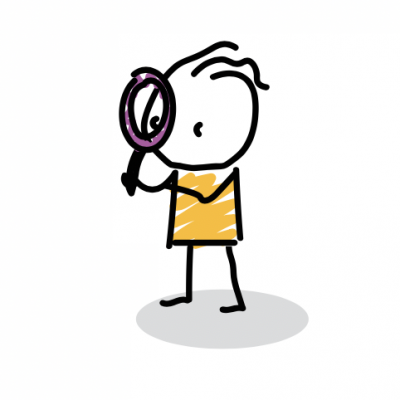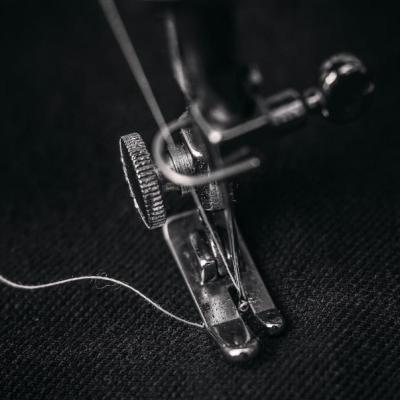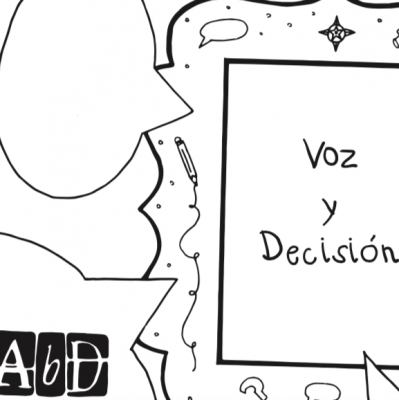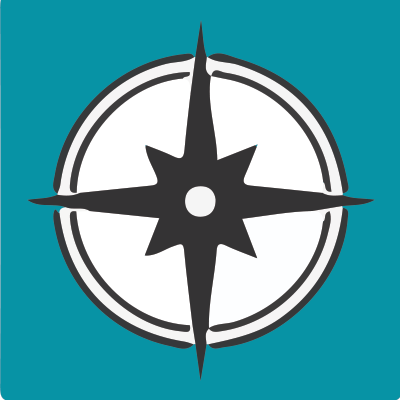Maker Empowerment:
A sensitivity to the designed dimension of objects and systems, along with the inclination and capacity to shape one’s world through building, tinkering, re/designing, or hacking.
Maker Empowerment:
A sensitivity to the designed dimension of objects and systems, along with the inclination and capacity to shape one’s world through building, tinkering, re/designing, or hacking.
Sensitivity to Design:
Learning to notice and engage with one’s physical and conceptual environment by looking closely and reflecting on the design of objects and systems, exploring the complexity of design, and finding opportunity to make objects and systems more effective, more efficient, more ethical, or more beautiful.
A key goal of maker-centered learning is to help young people and adults feel empowered to build and shape their worlds. Acquiring this sense of maker empowerment is strongly supported by learning to notice and engage with the designed dimension of one’s physical and conceptual environment—in other words, by having a sensitivity to design.
Sensitivity to design develops when young people and adults have opportunities to: look closely and reflect on the design of objects and systems, explore the complexity of design, and understand themselves as designers of their worlds. Accordingly, the Agency by Design framework describes three interrelated capacities that help learners develop a sensitivity to design: Looking Closely, Exploring Complexity, and Finding Opportunity.
For each of these capacities, there is a set of observable “moves” —or indicators — that learners and educators can use to help design maker-centered learning experiences, and to support, observe, document, and assess maker-centered learning. They apply to individual as well as collaborative learning.
Explore the maker capacities and the moves/indicators below.

A capacity of sensitivity to design
Looking
Closely
A capacity of sensitivity to design
Looking Closely
WHAT IS LOOKING CLOSELY?
Looking carefully at objects and systems in order to notice their intricacies, nuances, and details. By looking closely, one may begin to see the complexities inherent in objects and systems.
WHAT ARE THE MOVES/INDICATORS FOR LOOKING CLOSELY?
- Notice everything—Cast a wide net to capture all that you can observe.
- Revisit—Look/listen/touch again, and see if you can find something new.
- Use categories—Look for different kinds of features or components.
- Juxtapose—Look at things side by side; compare, observe relationships.
- Physically change perspectives—Look from high, low, far away, close up.
WHAT DOES IT LOOK LIKE IN PRACTICE?
A capacity of sensitivity to design
Exploring complexity
A capacity of sensitivity to design
Exploring complexity
WHAT IS EXPLORING COMPLEXITY?
Building on close observations and explorations of complexity to see the potential for building, tinkering, re/designing, or hacking objects and systems.
WHAT ARE THE MOVES/INDICATORS FOR EXPLORING COMPLEXITY?
- Explore inner workings—Explore how things, ideas and systems work—what are their parts and interactions?
- Explore points of view—Consider and take different perspectives: What different ways can you look at this?
- Probe your own perspective—Examine your own assumptions and beliefs.
- Look back and forward—Explore the histories and possible futures: How did this come to be? Where might it be going?
- Tinker to explore—Take things apart, put things together, play around with how things work.
WHAT DOES IT LOOK LIKE IN PRACTICE?
A capacity of sensitivity to design
Finding Opportunity
A capacity of sensitivity to design
Finding Opportunity
WHAT IS FINDING OPPORTUNITY?
Investigating the interactions between the various parts and people associated with objects and systems, including the range of values, motivations, and priorities held by the individuals who engage with particular objects and systems.
WHAT ARE THE MOVES/INDICATORS FOR FINDING OPPORTUNITY?
- Envision—Imagine what could be invented, or how things could be changed.
- Reframe—Rethink, refocus, or re-define a problem, opportunity, or procedure; hack or repurpose how things work.
- Source resources—Be proactive and creative about finding information, advice, and instruction.
- Prototype and test—Make models and run tests; try things out to see what works.
- Make (and draw) plans—Identify steps; sketch what things could look like and how they could work; illustrate ideas & processes.









